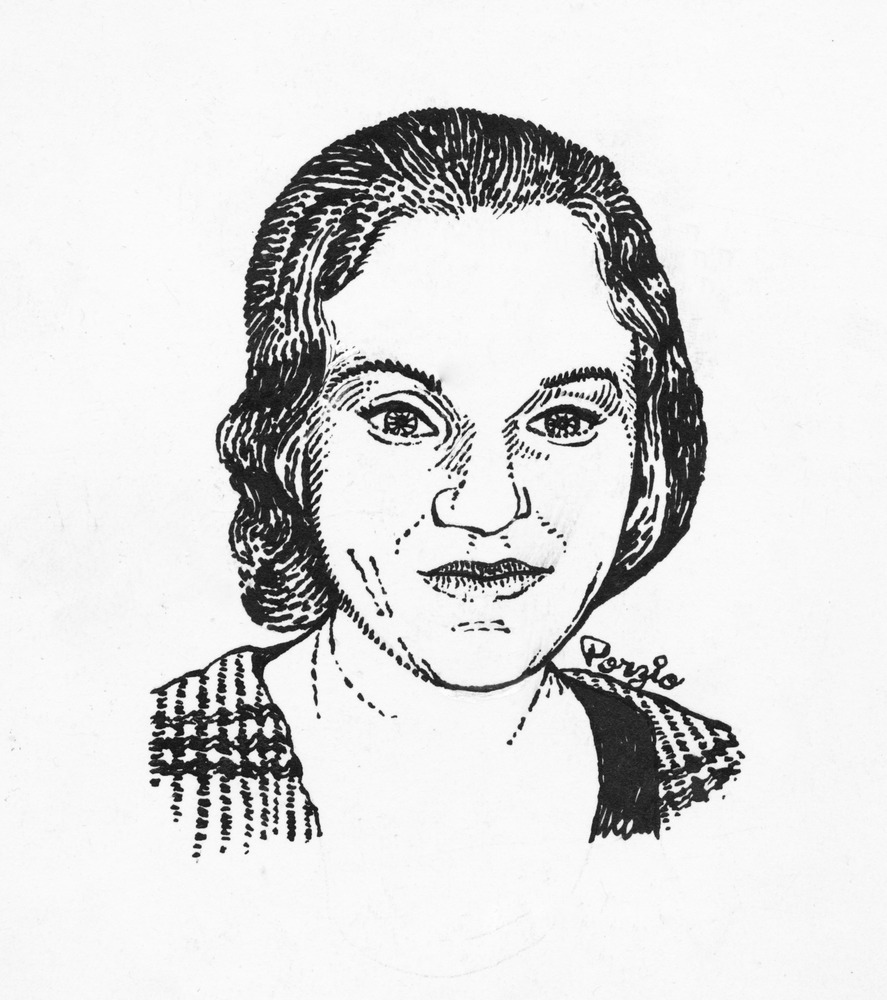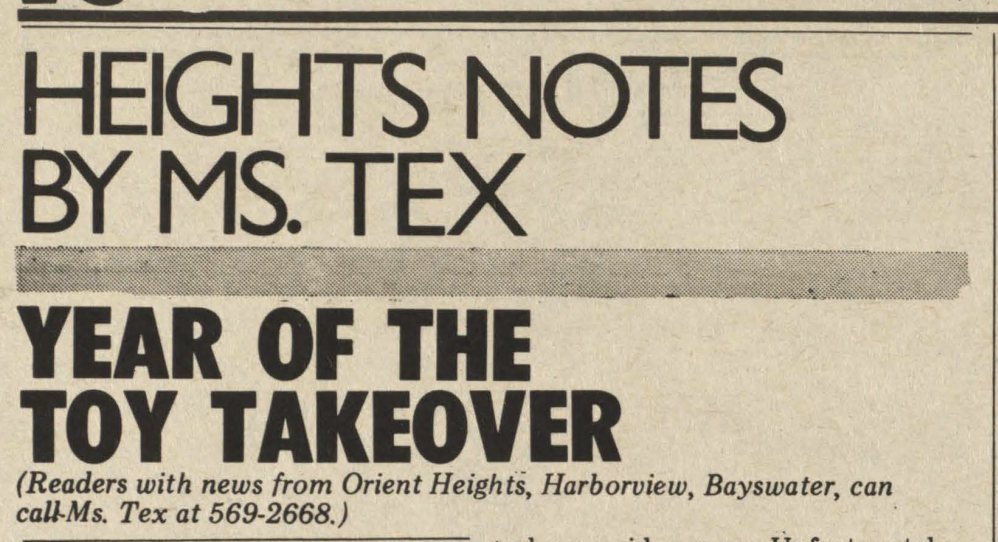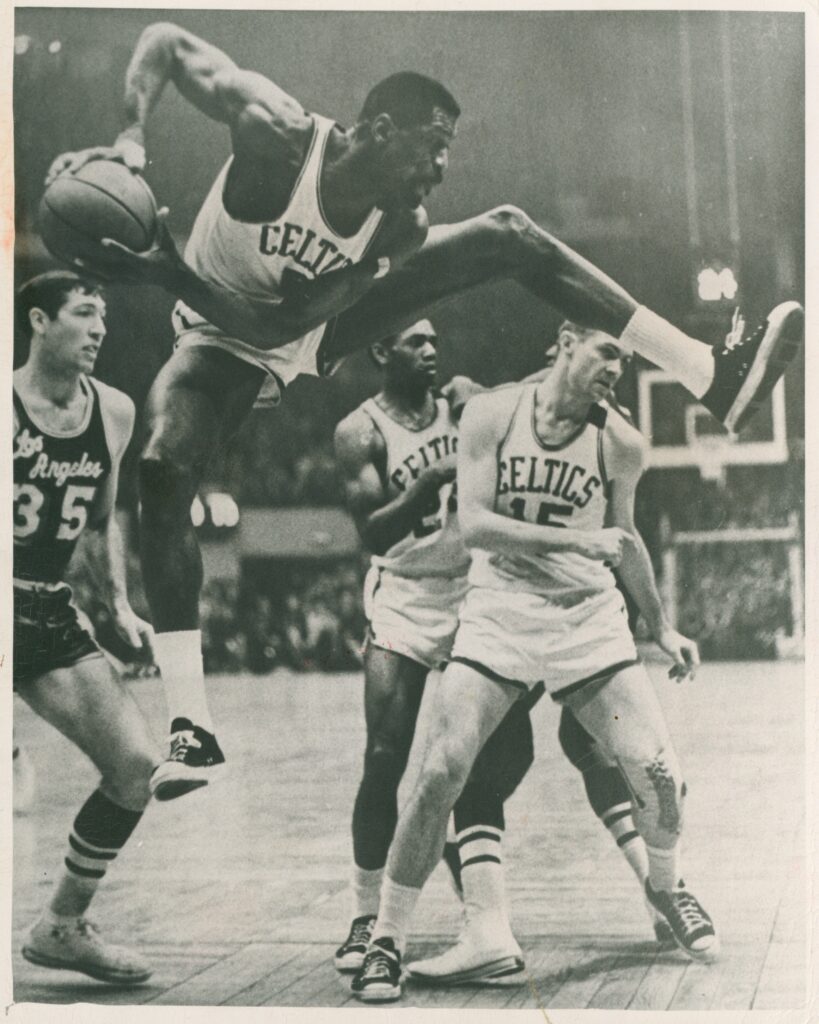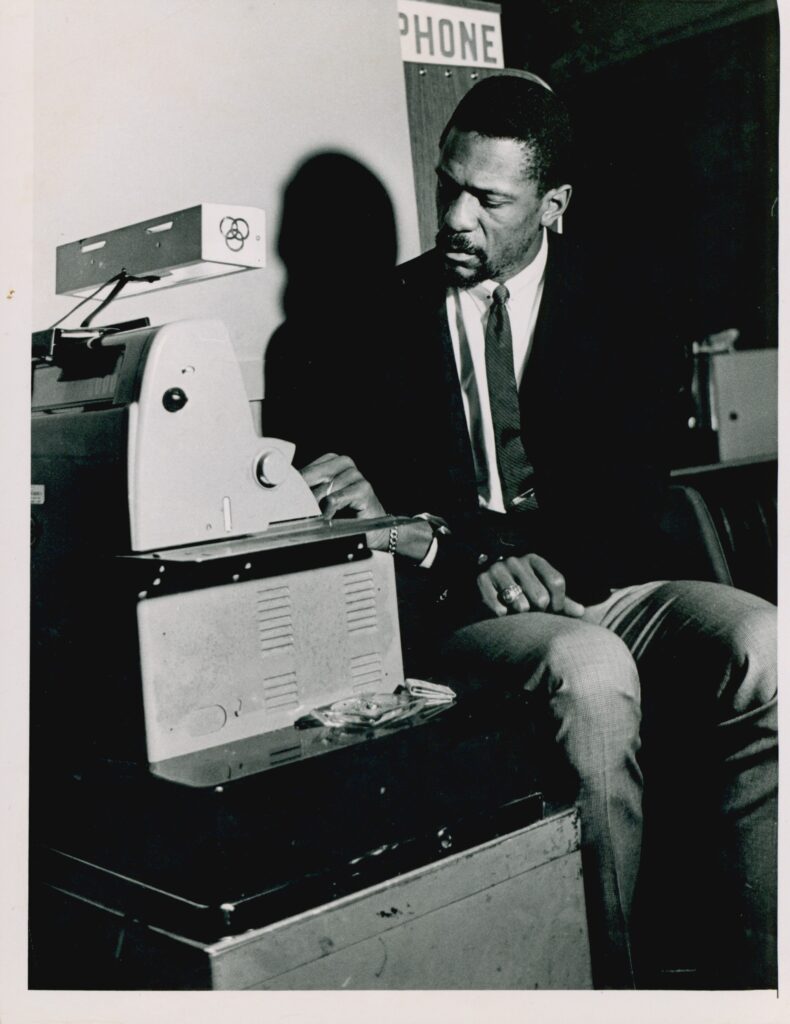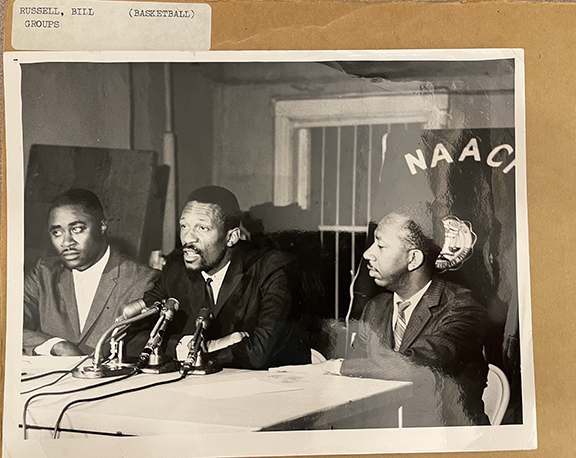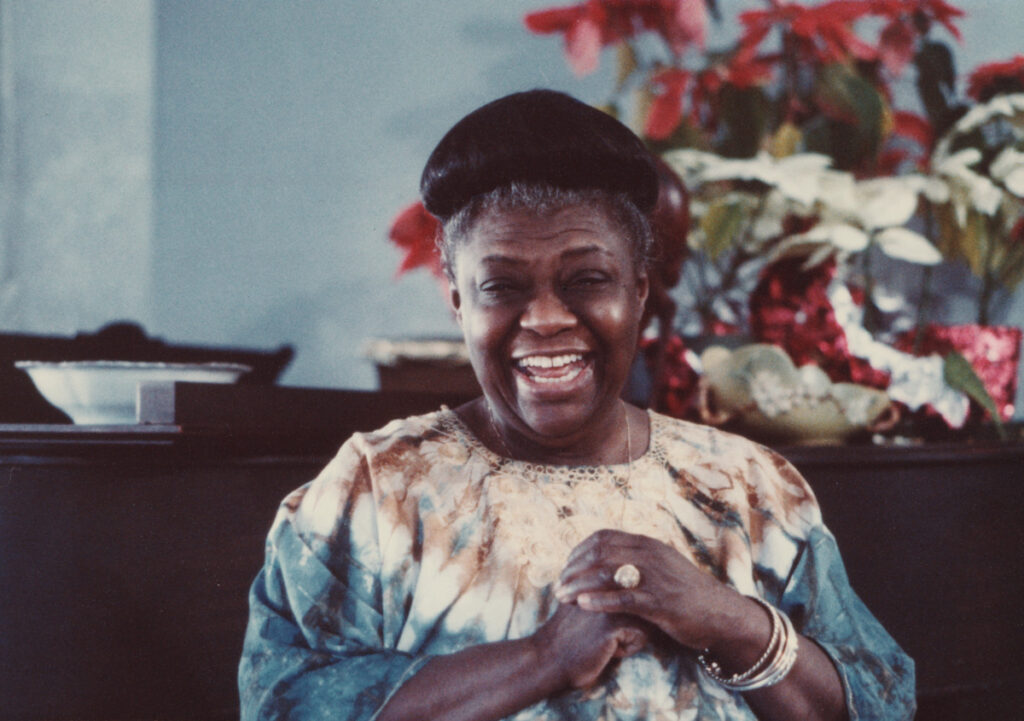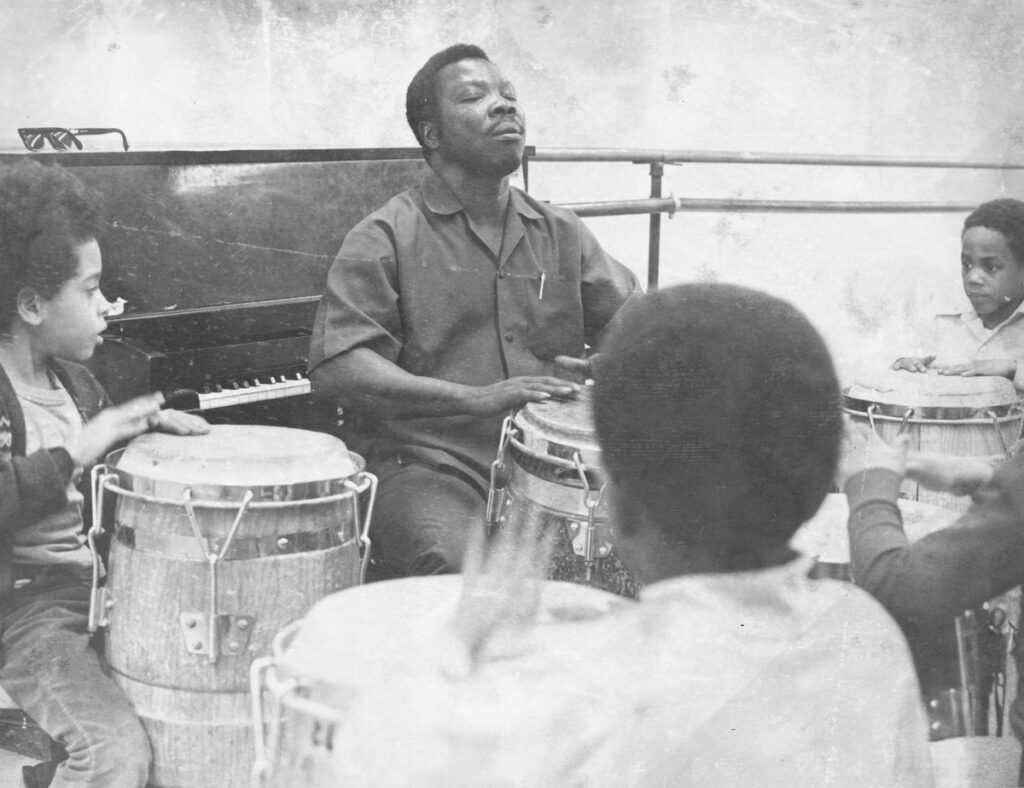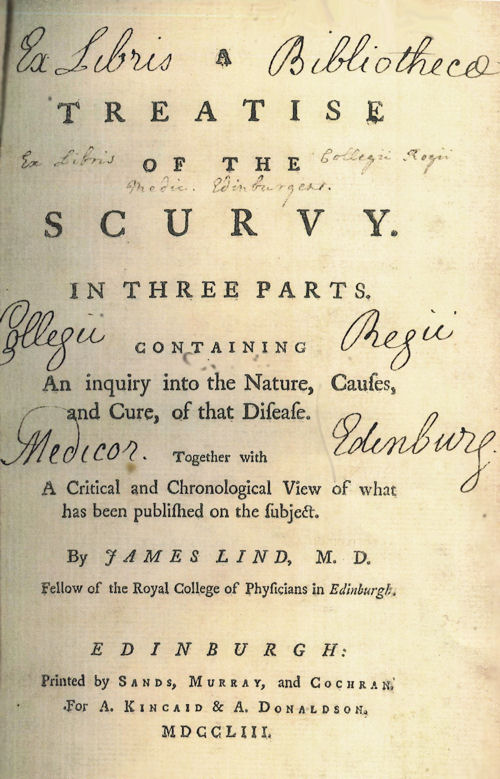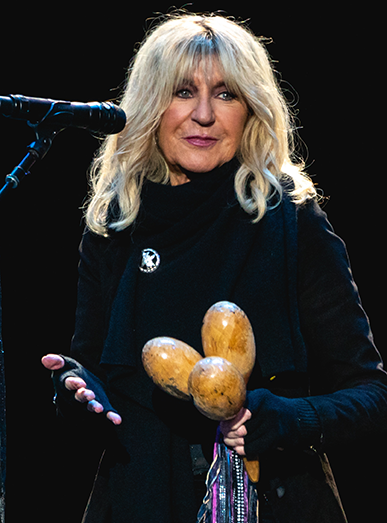Barbie in the East Boston Community News
In anticipation of the Barbie movie premiere, many archives and museums, including the Smithsonian and the National Archives, have been consulting their records to see what stories related to the iconic doll are preserved in their collections. At the Northeastern University Archives and Special Collections, our greatest source of Barbie insight comes from the East Boston Community News.
Maxine Tassin Ari-Teixeira, or Ms. Tex, wrote about all kinds of issues facing a mother working and raising a family in East Boston. One of the subjects that kept reappearing in her “Heights Notes by Ms. Tex” column in the East Boston Community News was toys, and in particular, Barbie. Every December, Ms. Tex would give her annual toy report while Christmas shopping for her family. Barbie is mentioned in 17 of her columns between 1972 and 1988.
In a December 7, 1982 issue of the East Boston Community News, Ms. Tex titled her column “Year of the Toy Takeover” and under the heading “Doll Debt” described the complexity of the Barbie dream house.
“As I said last year, dear old Barbie’s dream house is enormous. You would need a separate room for this house, with the patio and pool (sold separately) and the Corvette. You have your choice of the plain ‘vette that does nothing, or the remote controlled one. You not only need a room for the dream house, you need a mortgage. That plastic nightmare is $98.87!!!! That is unfurnished, naturally. The furniture costs between $9 and $15 per piece!!! Actually, looking at the doll houses, I wondered if Child World had considered the mortgage business. They could make a killing.”
On December 20, 1988 Ms. Tex observed a shift in Barbie-land in her Heights Notes column:
“Finally at the ripe of age of what? 29? 30? Barbie has a career. Doctor Barbie comes with a white lab coat, and doctor things. But she is still Barbie after all, and also comes with an evening gown for her nights off with Doctor Ken.”
To find more of Ms. Tex’s observations on living in East Boston, the daunting task of Barbie shopping in December, and more, you can search and read the East Boston Community News in Northeastern Library’s Digital Repository Service.
Portrait of Maxine Tassin Ari-Teixeira was drawn by Joe Porzio and is a part of the Joe Portzio cartoons collection at the Northeastern University Archives and Special Collections.
Read the full December 7, 1982 issue of the East Boston Community News.
Read the full December 20, 1988 issue of the East Boston Community News.
